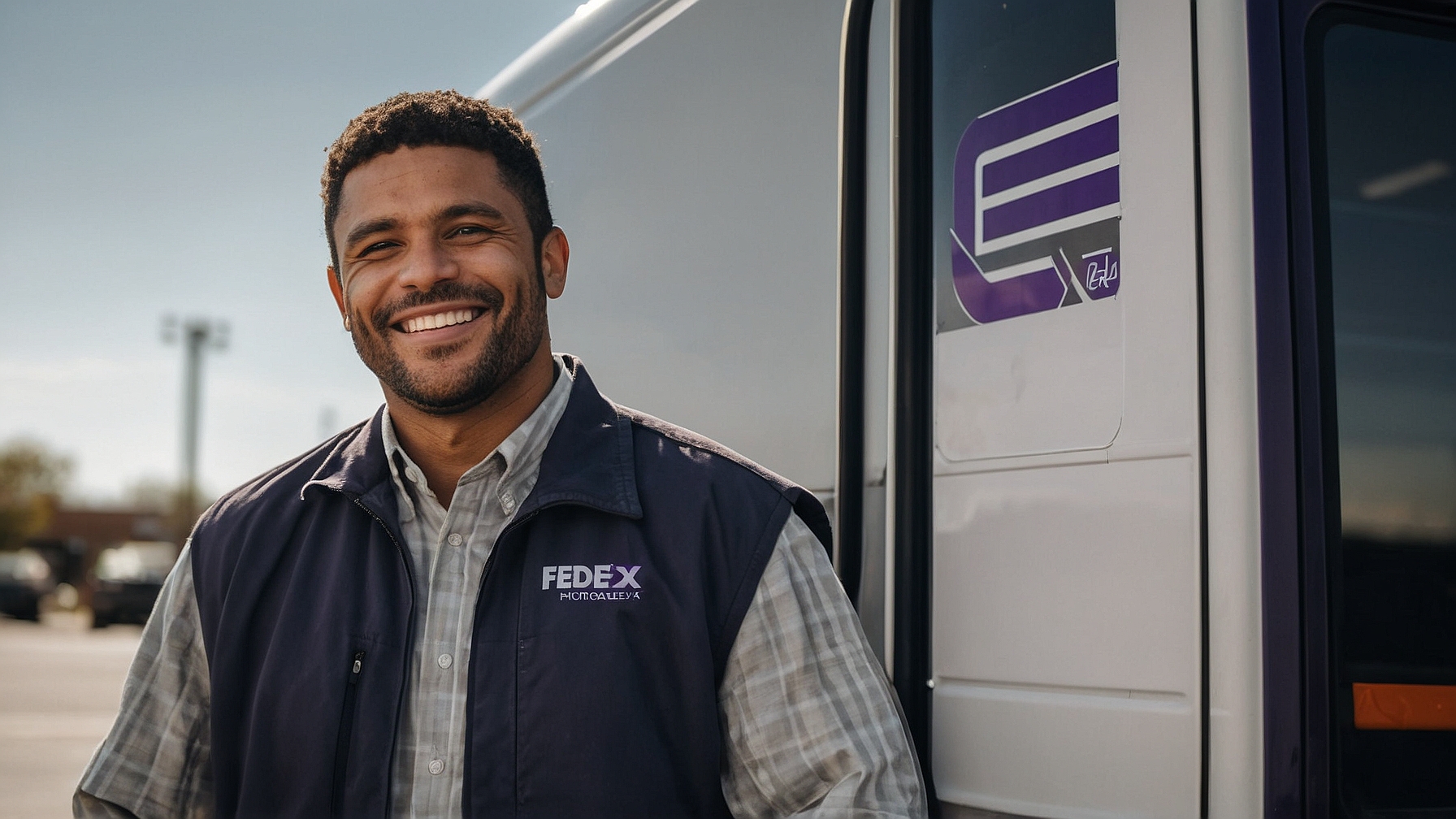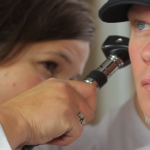In the intricate world of commercial driving, grasping the Department of Transportation (DOT) standards for drivers without a Commercial Driver’s License (CDL) is essential for anyone stepping into this arena. Whether you’re on the brink of starting your journey as a truck driver, managing a fleet, or owning and operating your own commercial driving business, a deep understanding review the security of these regulations is key to navigating the sector successfully, ensuring compliance, and upholding the highest safety measures.
The Foundation of Non-CDL Commercial Driving
Understanding the difference between CDL and non-CDL driving requirements is the first step for those entering the commercial driving field. While the stringent criteria for CDL holders are widely recognized, the regulations for operating commercial motor vehicles (CMVs) without a CDL have their own set of rules under the DOT. These regulations aim to uphold road safety and ensure the integrity of commercial operations, even when the vehicle doesn’t meet the size or cargo specifications that typically require a CDL.
Drivers of non-CDL vehicles often handle lighter, less complex vehicles but are integral to the logistics and transportation industry. These vehicles include a range of trucks, vans, and others designated for specific types of cargo, including limited quantities of hazardous materials. For operators in this category, it’s crucial to stay informed about DOT standards to ensure lawful operation and maintain the highest safety protocols.
Essential DOT Standards for Non-CDL Operators
- Health Certification: A pivotal requirement for non-CDL operators is securing and maintaining a valid health certification. This certification, obtained through a detailed medical examination, validates that the driver is medically fit to operate a commercial vehicle. The examination, conducted by a certified examiner, evaluates the driver’s overall health, including vision, hearing, and physical ability, to ensure they can safely manage a commercial vehicle.
- Understanding Vehicle Classification: It’s critical for non-CDL operators to know the classification of the vehicle they plan to drive. The DOT categorizes commercial vehicles based on various factors, including the gross vehicle weight rating (GVWR) and the type of cargo being transported. Recognizing these classifications helps ensure compliance with the relevant regulations without the necessity of a CDL.
- Adherence to Operational Hours: Certain commercial vehicle operators are required to follow DOT hours of service regulations, limiting the number of operational hours to prevent fatigue. Keeping accurate logs, whether electronically or on paper, is vital for non-CDL operators, especially those near the CDL threshold.
- Training and Road Testing: Prior to handling a commercial vehicle, non-CDL operators might need to pass a specific road test and undergo training relevant to the vehicle type and cargo. This ensures the operator possesses the necessary skills and knowledge for safe and efficient driving.
- Handling Hazardous Materials: The transportation of hazardous materials without a CDL is permitted under specific conditions and requires strict adherence to DOT regulations. Operators must undergo specialized training in hazardous material transport and carry the necessary documentation and emergency equipment.
 For non-CDL operators, understanding and complying with DOT regulations is not merely about legal adherence; it’s about ensuring the safety and security of the driver, the vehicle, and the public. Staying informed and compliant with these requirements is an ongoing responsibility that demands diligence and commitment.
For non-CDL operators, understanding and complying with DOT regulations is not merely about legal adherence; it’s about ensuring the safety and security of the driver, the vehicle, and the public. Staying informed and compliant with these requirements is an ongoing responsibility that demands diligence and commitment.
For those seeking to ensure their compliance with DOT regulations, especially regarding health certifications, Charlotte DOT Exam Center offers comprehensive examinations by certified medical examiners. Located at 8415 Pineville-Matthews Road, Charlotte, NC, our center is prepared to assist you with the necessary certification to meet DOT standards. Contact us at
704-544-3494 to schedule your appointment. Our team is available Monday through Friday from 9 AM to 5 PM and on Saturday from 9 AM to 12 noon, ensuring you can obtain your medical certification conveniently and efficiently.
Elevating Compliance: Delving Deeper into Non-CDL Regulations
For those navigating the realm of non-CDL commercial driving, a thorough understanding of DOT mandates is indispensable. These regulations, tailored for vehicles and drivers not requiring a CDL, are fundamental in promoting road safety and compliance within the commercial transport sector.
Advanced Understanding of Vehicle and Driver Standards
The DOT’s comprehensive regulations cover a spectrum from vehicle specifications to driver qualifications, all aimed at ensuring those at the helm of commercial vehicles are equipped with the requisite knowledge, skills, and health standards.
- Vehicle Specifications Insight: Non-CDL drivers must possess an in-depth understanding of their vehicle’s specifications. This includes knowledge of the gross vehicle weight rating (GVWR) and gross combination weight rating (GCWR), which determine a vehicle’s commercial classification and the specific regulatory standards it must meet. Even vehicles below the CDL threshold are subject to DOT regulations, especially if they’re used for transporting hazardous materials or engage in interstate commerce.
- Prioritizing Driver Health and Safety: The cornerstone of commercial driving safety is the health and well-being of the driver, underscored by the necessity of a health certification. This certification, derived from a comprehensive medical examination, affirms a driver’s physical fitness for commercial vehicle operation. The exam covers various health aspects, from auditory and visual acuity to cardiovascular health, ensuring drivers are capable of safely managing the demands of commercial driving.
- Operational Compliance Mastery: Beyond vehicle and driver health standards, operational compliance is crucial. This includes adherence to hours of service regulations, designed to mitigate driver fatigue by capping the driving hours within a given timeframe. Moreover, drivers must be conversant with the required documentation and emergency equipment, particularly when transporting hazardous materials, to ensure preparedness for any contingencies.
- Training and Certification Requirements: While the path to non-CDL driving is less rigorous than that of obtaining a CDL, it nonetheless requires specific training and certification. This ensures drivers are not only proficient in vehicle operation but also well-versed in the regulatory landscape governing their activities. For hazardous material transport, additional specialized training is mandated to comply with federal and state regulations.
Pathway to Compliance and Safety Excellence
For entities and individuals in the non-CDL commercial driving sphere, mastering DOT requirements is a journey of commitment, knowledge acquisition, and proactive safety engagement. By embracing continuous education, adhering to stringent safety protocols, and staying abreast of regulatory updates, drivers can navigate the complexities of commercial driving with confidence and compliance.
Charlotte DOT Exam Center stands ready to support non-CDL drivers in their compliance endeavors, offering thorough medical evaluations by certified examiners to meet DOT standards. Located in Charlotte, NC, our center provides convenient scheduling options, including weekend hours, to facilitate the certification process.
For assistance with DOT compliance or to book an appointment for a health certification, reach out to us at
704-544-3494. Our dedicated team is here to guide you through the compliance process, ensuring you’re equipped to meet the demands of the road safely and legally. Together, we can contribute to a safer, more compliant commercial driving environment.
Advancing Safety and Compliance in Non-CDL Commercial Driving
The journey towards excellence in non-CDL commercial driving is marked by a steadfast commitment to safety, compliance, and ongoing education. As the landscape of DOT regulations evolves, so too must the knowledge and practices of those operating within this sector. Embracing a culture of safety and preparedness is not just a regulatory requirement but a fundamental aspect of professional integrity and responsibility.
Cultivating a Safety-First Approach
At the core of commercial driving, regardless of the vehicle’s size or the driver’s licensing level, lies an unwavering commitment to safety. For non-CDL drivers, this commitment transcends basic regulatory compliance, embedding safety and human being into every aspect of their operations.
- Ongoing Educational Initiatives: The dynamic nature of DOT regulations necessitates a commitment to continuous learning and adaptation. Non-CDL drivers should engage in regular training sessions and updates on hazardous materials handling, emergency response protocols, and the latest in hours of service regulations. This not only ensures compliance but also enhances the overall safety and efficiency of operations.
- Proactive Vehicle Maintenance: The safety and reliability of commercial vehicles hinge on rigorous maintenance and inspection routines. Regular checks and adherence to a preventive maintenance schedule can significantly reduce the risk of accidents and mechanical failures, ensuring that both drivers and cargo are safeguarded throughout their journey.
- Equipping for Emergencies: Adequate preparation for unforeseen events involves equipping vehicles with necessary safety and emergency gear. From fire extinguishers and spill containment kits to first aid supplies and proper signage for hazardous materials, being prepared for any scenario is a critical component of a comprehensive safety strategy.
Navigating Compliance with Precision
Understanding and adhering to the nuanced regulations that govern non-CDL commercial driving is a complex but essential endeavor. Here are some strategies to ensure unwavering compliance and operational excellence:
- Regular Regulatory Reviews: Staying informed about the latest DOT regulations and how they impact non-CDL operations is crucial. This includes keeping abreast of changes in vehicle classifications, driver qualification standards, and specific requirements for hazardous materials transportation.
- Meticulous Record-Keeping: Effective compliance is underpinned by diligent documentation. This encompasses maintaining up-to-date logbooks, health certifications, vehicle maintenance records, and training certifications. Accurate record-keeping not only facilitates compliance but also provides a robust defense in the event of audits or inspections.
- Utilizing Compliance Resources: Leveraging available resources, including DOT websites, industry associations, and compliance consultants, can provide valuable insights and guidance. Additionally, partnering with healthcare providers like Charlotte DOT Exam Center for medical examinations and certifications can streamline the compliance process, ensuring drivers meet the requisite health standards for safe vehicle operation.
Conclusion
For non-CDL drivers and the companies they represent, achieving mastery in DOT compliance is a journey that demands dedication, knowledge, and a proactive approach to safety. By prioritizing continuous education, maintaining strict safety and performance standards, and staying informed on regulatory changes, drivers can confidently navigate the complexities of commercial driving.
Charlotte DOT Exam Center is committed to supporting non-CDL drivers in their quest for safety and compliance. Our certified medical examiners are here to provide comprehensive medical evaluations required for DOT compliance, ensuring drivers are physically fit for the road. To schedule your appointment and take a step forward in your compliance journey, contact us at
704-544-3494. Together, we can drive towards a safer, more compliant future in commercial transportation.
Frequently Asked Questions (FAQs) for Non-CDL Commercial Drivers
What does a DOT file need to include for compliance? A DOT file must encompass the driver’s employment application, a copy of their current driver’s license, documentation of a passed road test, the medical examiner’s certificate, and any records of motor vehicle law violations. This comprehensive file ensures that drivers adhere to all regulatory and safety standards.
Can you name three essential items found in a DOT file? Three critical components of a DOT file are:
- The medical examiner’s certificate, which verifies the driver’s physical fitness for operating a commercial vehicle.
- The documentation of a successfully completed road test, demonstrating the driver’s operational proficiency.
- A record of any traffic violations, providing insight into the driver’s adherence to road safety laws.
Who is exempt from the 49 CFR 391 regulations? Exemptions from the Federal Motor Carrier Safety Regulations under 49 CFR 391 include drivers operating vehicles for government entities, those driving emergency response vehicles, and individuals transporting agricultural commodities or supplies within a specified distance from their origin.
What is required in a Driver Qualification (DQ) file? A DQ file should contain the driver’s job application, a copy of their commercial driver’s license (CDL), the medical examiner’s certificate, evidence of a completed road test or its equivalent, and an annual review of the driver’s record alongside a certification of violations.
Do local truck drivers need a medical card? Yes, local truck drivers who operate commercial vehicles across state lines are required to possess a medical card. This card certifies that they have met the physical requirements necessary for safe driving, as per DOT regulations.
What are the general rules for truck drivers in the US? Truck drivers in the US must comply with several regulations, including obtaining a CDL for operating heavy or hazardous material-carrying vehicles, adhering to hours of service rules to prevent fatigue, maintaining a current medical examiner’s certificate, and following specific guidelines when transporting hazardous materials.
Are non-CDL drivers in Florida required to have a medical card? Yes, non-CDL drivers in Florida who operate commercial vehicles in interstate commerce need to have a medical card. This ensures they meet the health standards required for safely operating a commercial vehicle.
What is the maximum weight you can haul without a CDL? Typically, you can operate a vehicle with a Gross Vehicle Weight Rating (GVWR) of up to 26,000 pounds without needing a CDL. For towing, a combined GVWR (vehicle plus trailer) of less than 26,001 pounds usually does not require a CDL, though regulations may vary by state.
What necessitates a CDL in North Carolina? In North Carolina, operating a vehicle with a GVWR of 26,001 pounds or more, a vehicle designed to transport 16 or more passengers (including the driver), or any vehicle required to be placarded for hazardous materials necessitates a CDL.
Is a CDL required to drive a semi for personal use in Florida? No, a CDL is not required to drive a semi for personal use in Florida, provided the vehicle is not used for commercial purposes and falls below the weight thresholds that typically require a CDL.

I am the administrator for the Charlotte DOT Exam facility, located in Charlotte NC. I oversee the facility services providing DOT exams in accordance with the standards of the FMCSA. We also provide DOT drug testing with MRO support when required. Drug testing can also be done for non-DOT exams such as pre-employment. In order to minimize wait times, I always encourage our clients to contact us first and make an appointment.
I would also suggest that each individual wanting to test for the CDL health card read the article “Preparing For Your DOT Exam” as it lists several things to bring to the test, such as CPAP usage reports and medicine lists.


